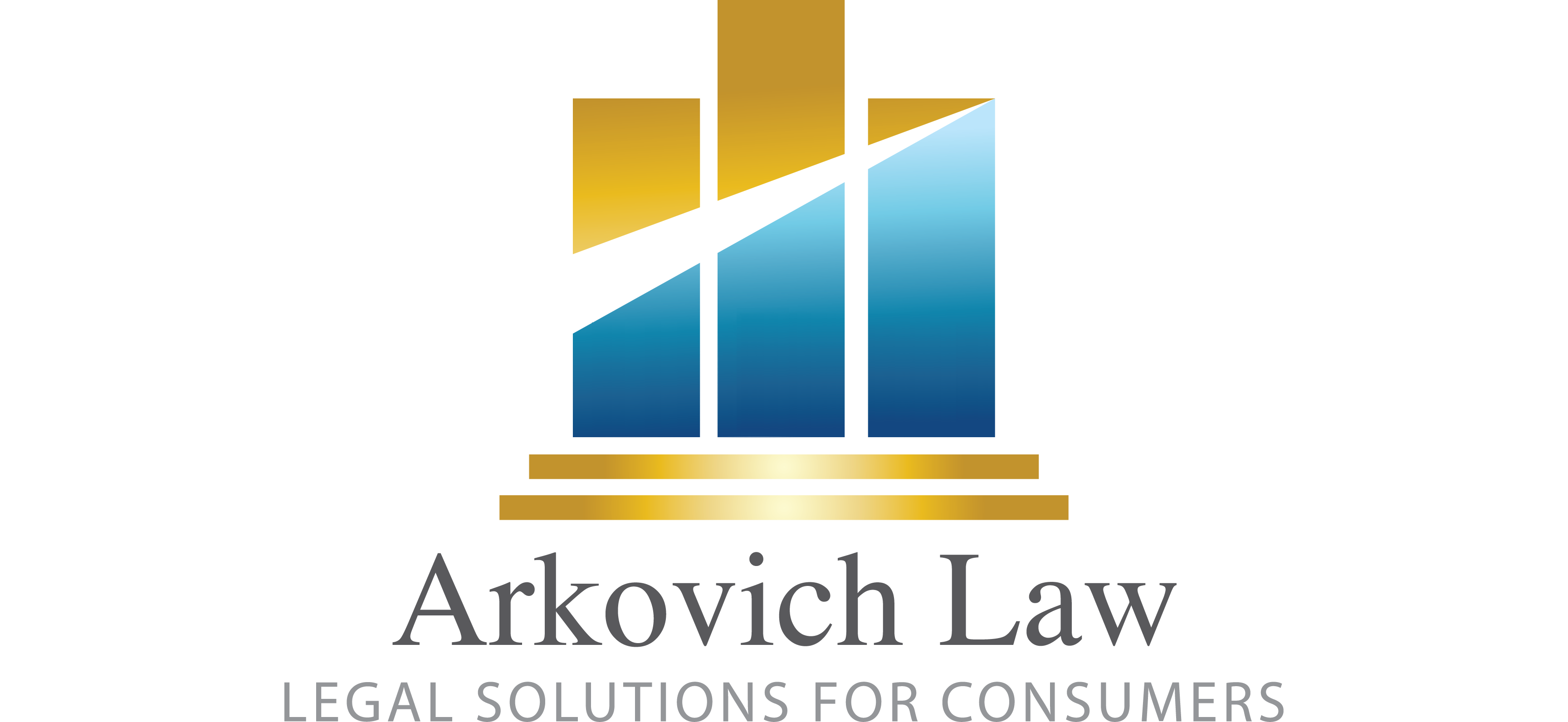What are Modified Chapter 13 Bankruptcy plans and what do they do?
Modified Plans, or mods as they are sometimes called, is a term that is often heard when discussing bankruptcy. They are often used when discussing Chapter 13 bankruptcy or the Chapter 13 bankruptcy plan. You might ask “What is modified plan?” and “What does modified plan do?” A modified plan is simply a Chapter 13 bankruptcy that has been altered to better meet the needs of the person filing it. A modified plan may be beneficial for many reasons. It can also be implemented to increase the likelihood of success or make the Chapter 13 process more impactful. The most common reason for a Chapter 13 plan to be modified is in response to a request from the trustee (the government appointed official responsible for overseeing bankruptcy). These requests are usually made between the First Meeting of Creditors, also known as a 341 Hearing, and the confirmation hearing at which a federal bankruptcy court will sign off on a Chapter 13 plan allowing it to officially be confirmed. These requests may be made for a number of reasons, but are usually made to make minor adjustments so that the plan is ready for confirmation during the confirmation hearing.
Modifications can alter a broad array of different things in a bankruptcy plan, ranging from the size of payments to be made, to the size or destination of distributions that will take place using the proceeds paid into the plan, to the rejection, assumption or surrender of assets, agreements or loans that the person who filed the bankruptcy is party to.
A common modification is to correct the amount being distributed to a creditor. If, for instance, arrears are being repaid on a home loan through a Chapter 13 Plan, the projected arrears amount at the time the plan is filed may be different from the amount included in a proof of claim that the mortgage lender has filed with the bankruptcy. In this case, the easiest way to resolve this discrepancy is to file a modified bankruptcy plan that increases payments to the mortgage lender to match the amount included in their proof of claim filed with the court.
Alternatively, a modified plan can also be filed after a plan has already been confirmed, either at the request of the trustee or through the initiative of the filer and their attorney. A post confirmation modification may be filed if the person filing the bankruptcy suffers a temporary decrease in income and it is necessary to change the timing or amount of payments to allow the filer to continue the Chapter 13 plan. Your attorney will be able, if you keep them informed of any major changes in your financial situation, to give you advice on whether or not a modification is necessary. This will ensure that your Chapter 13 bankruptcy continues to benefit you.
Modified plans are designed to give you flexibility in the Chapter 13 bankruptcy process. Whether this is to make minor alterations to prepare your plan for confirmation, change the size or timing of payments to help you stay up to date, or change the treatment of a specific claim after the date of filing, your attorney will be there for you to make sure that the modification process is leveraged to your advantage.
CALL NOW FOR A FREE STRATEGY SESSION FROM AN MN BANKRUPTCY LAWYER AT LIFEBACK LAW FIRM
When the time is right, or when you are ready, please don’t hesitate to reach out to Minnesota’s most kind and helpful bankruptcy law firm by going now to
www.lifebacklaw.com. https://www.youtube.com/watch?v=PPeooh44ZKo






